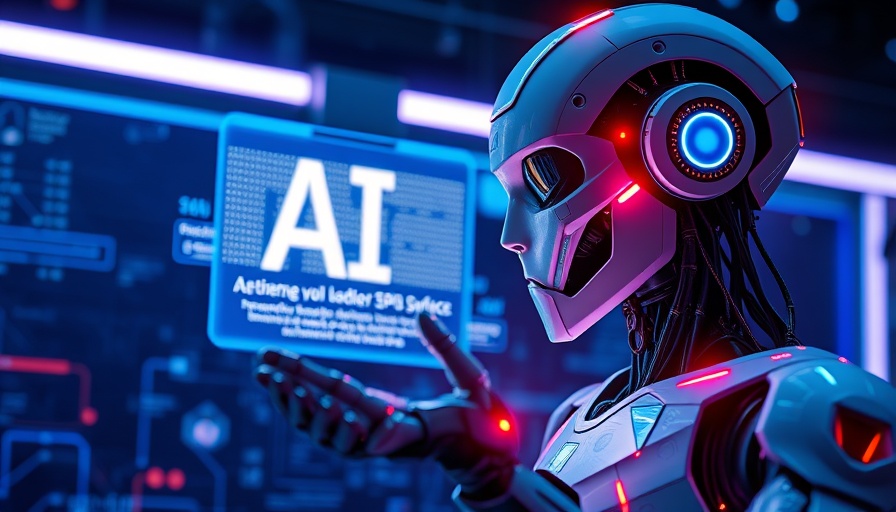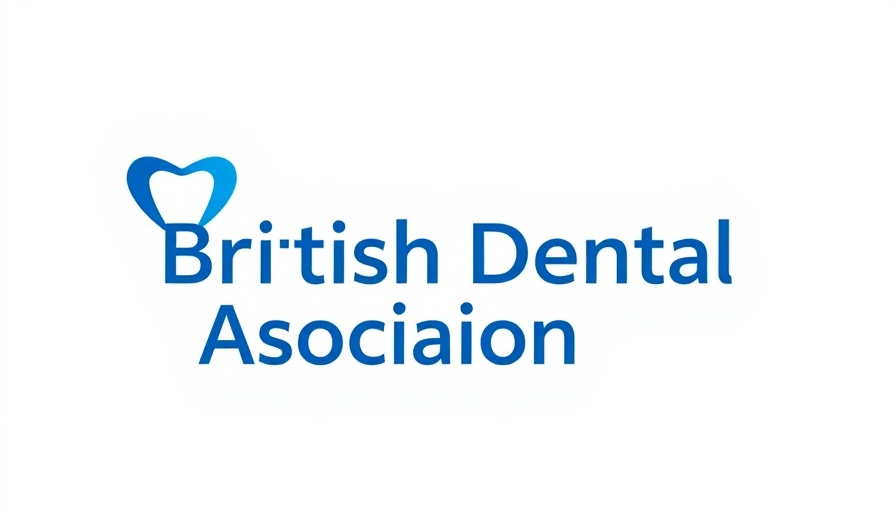
Unveiling the Role of AI in Dentistry
The recent report published by the General Dental Council (GDC) sheds light on the transformative potential of artificial intelligence (AI) within the dental sector. This report comes at a pivotal moment as dental professionals and patients alike are increasingly seeking innovative solutions to enhance care delivery, streamline services, and improve health outcomes.
Current Applications of AI in Dentistry
AI technologies are already making significant inroads into various aspects of dental care. From diagnostic tools that assist in identifying cavities and periodontal diseases to patient management systems that optimize appointment scheduling, the impact is profound. Techniques like machine learning and data analytics are being harnessed to provide tailored treatment plans for patients, enabling a more personalized approach to oral health.
The Potential Impact on Dental Professionals
As AI continues to evolve, its implications for dental professionals are particularly noteworthy. The GDC's report highlights the expected shift in dental practice, where AI tools may augment, not replace, human expertise. This pivot raises a critical conversation about the future roles of dentists, including how they will need to adapt to new technologies and possibly reshape their skill sets to stay relevant.
Patient Benefits and Ethical Considerations
While the technological advancements in dentistry offer a plethora of benefits for patients—including early detection of dental issues and improved outcomes—there are ethical considerations that must not be overlooked. Patients may have concerns regarding data privacy and the transparency of AI algorithms. It is crucial for dental professionals to engage with their patients about how AI is utilized in their care, ensuring an informed consent process that respects personal values and choices.
Future Trends in Dental AI: A Glimpse Ahead
Looking towards the future, the integration of AI in dentistry is set to grow. The GDC report suggests that as the technology becomes more sophisticated, it is likely to enhance treatment precision and efficiency. Innovations such as AI-powered imaging could lead to faster diagnoses, while virtual dental assistants may provide immediate support to practitioners and patients alike, making dental services more accessible than ever.
Common Misconceptions about AI in Dentistry
Despite the advancements, misconceptions about AI remain prevalent. Many fear that AI could render dentists obsolete. Rather than replacing dentists, AI is intended to serve as a supportive tool that enhances decision-making and improves patient interactions. Understanding the symbiotic relationship between AI and dental practice is essential for embracing this new frontier.
Taking Action: Embracing AI in Dental Care
The call for dental professionals and organizations is clear: to actively engage with the evolution of AI in dentistry. Dental practitioners should invest time in understanding these technologies and exploring continuing education options that focus on the integration of AI into dental practice. By doing so, the dental community can ensure that they not only keep pace with innovation but also lead the conversation on ethical standards and best practices for the use of AI.
In summary, the report from the GDC marks a significant step forward in acknowledging the role of AI in dentistry. As we embrace these changes, it is vital to consider both the opportunities and challenges they present. It is through a proactive approach that we can harness the power of AI to enhance oral health for future generations. Stay informed and engaged with ongoing updates and training related to AI applications in your dental practice.
If you wish to dive deeper into the evolving landscape of AI in dentistry, subscribe to our newsletter for the latest insights and updates!
 Add Row
Add Row  Add
Add 




Write A Comment